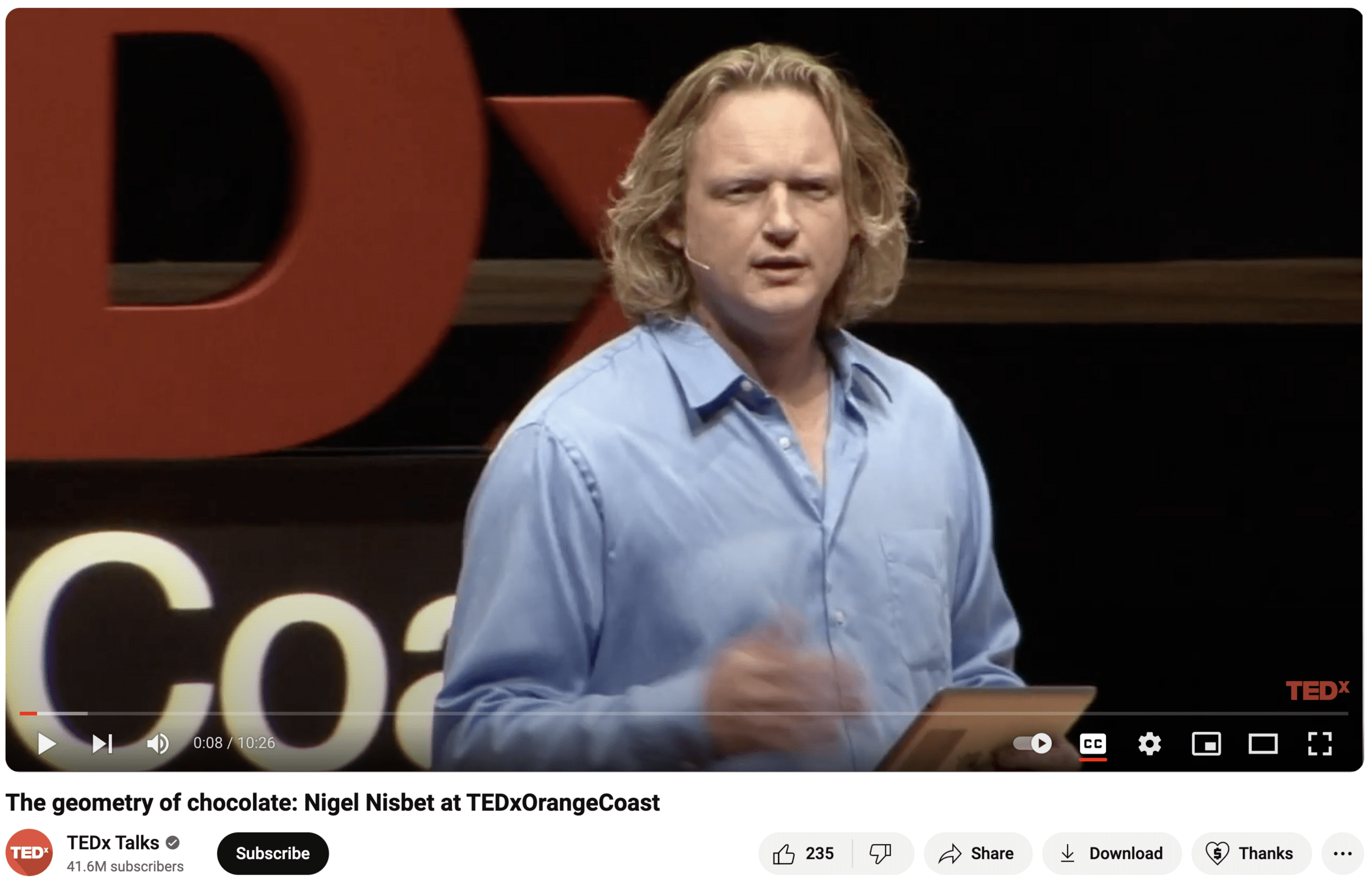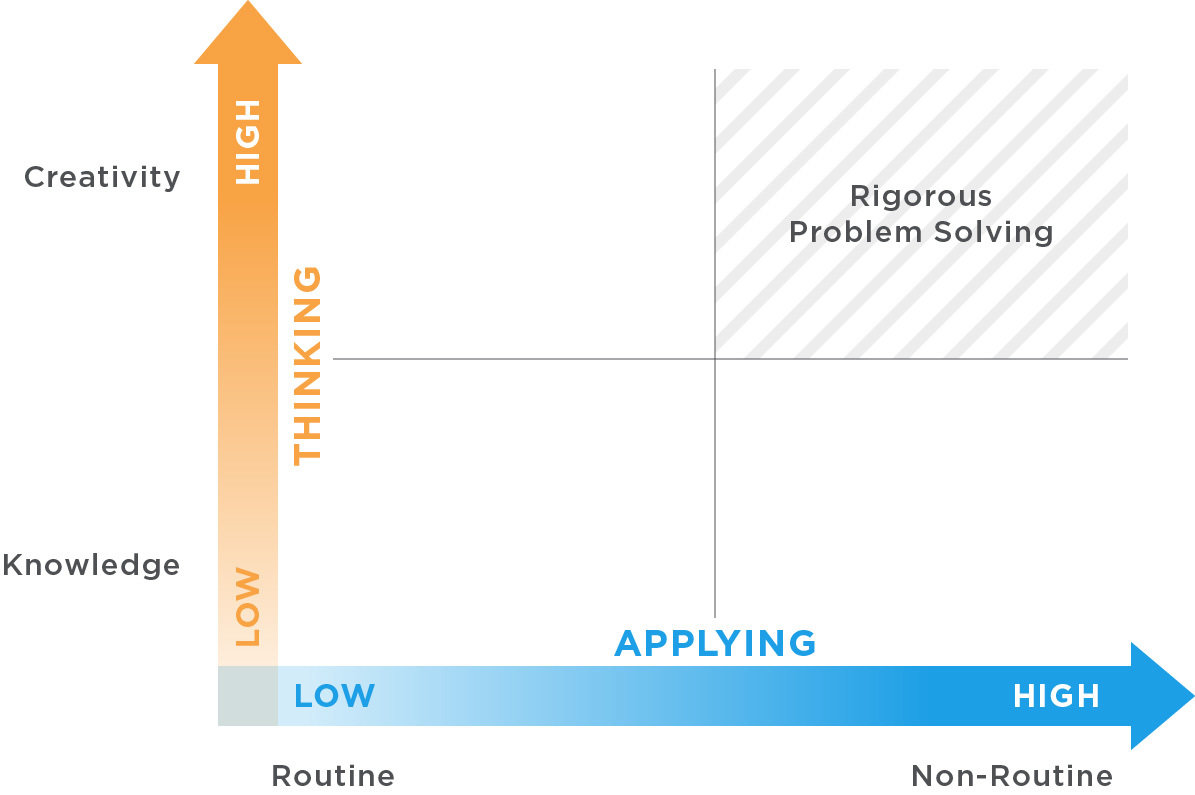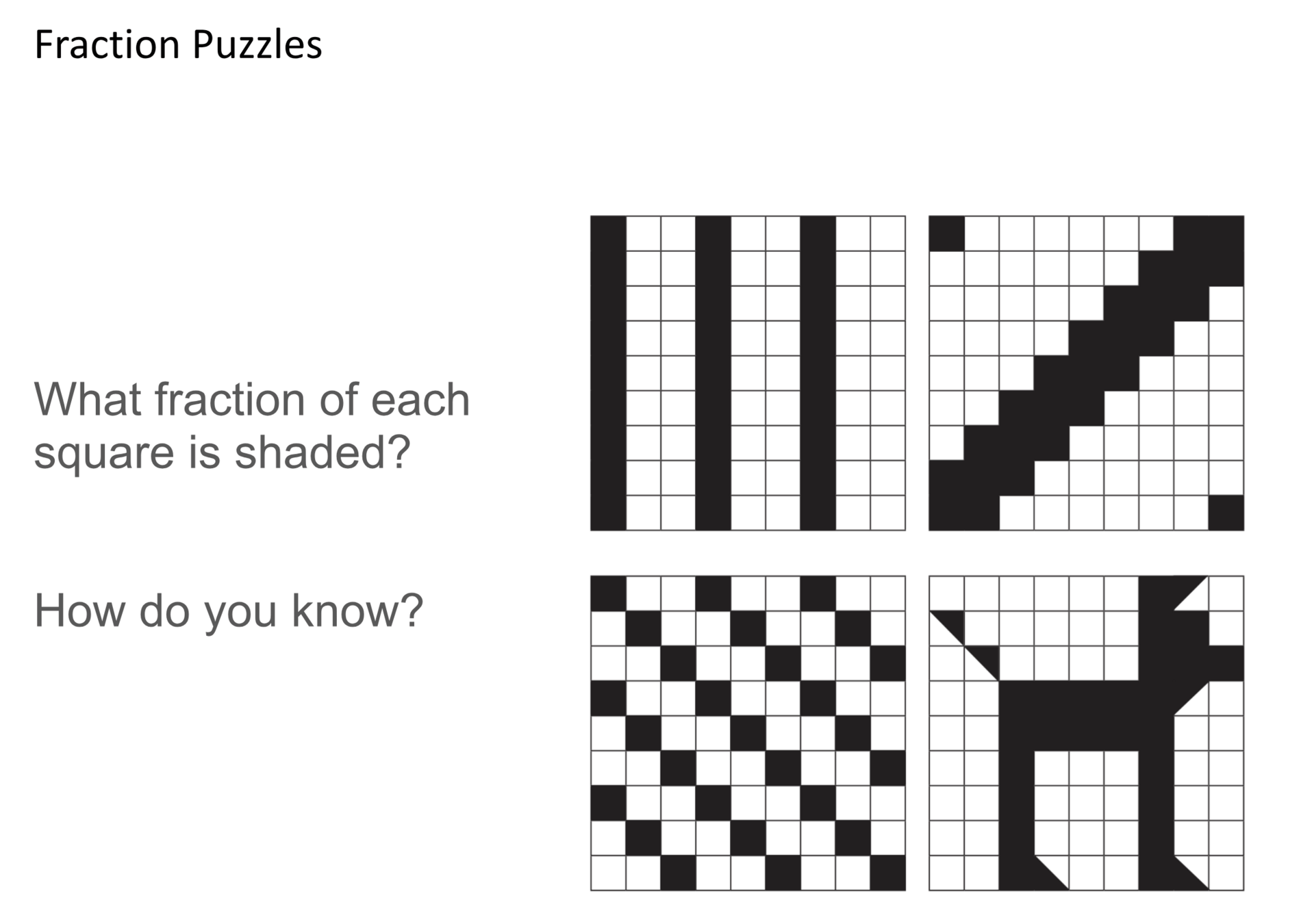
While we're waiting to get started, please enter into the chat:
Your name
Your role in education
What you hope to get out of today's session
Thank you!




Math education answers the question
"How do we teach?"
It needs to answer the question
"How do we learn?"




What are the differences?
What are the challenges?




Implemented open ended tasks

Implemented open ended tasks
Focus on students doing the work

Implemented open ended tasks
Focus on students doing the work
A big push on academic discourse

Implemented open ended tasks
Focus on students doing the work
A big push on academic discourse
It was hard!
Lesson learned
It's so much easier when you give kids something interesting to discuss
"Turn to your table partner and take turns explaining what each of the terms in a quadratic expression equate to when applied to projectile motion"
VS
"Do flying fish actually fly"

Not a parabola
(graph of quadratic equation)

acceleration / gravity
velocity / speed
position / height
Lesson learned
It's so much easier when you give kids something interesting to discuss
"Alicia and Frank both have containers. They mark their containers with tenths and fill each container to seven tenths. Why does Frank have more Orange Juice than Alicia?
VS
"How can a half be bigger than a whole?"



STUDENT
DISCOURSE

Let's play a game

https://bit.ly/3U3sZ7Y
FREE VISUAL PUZZLE RESOURCES

Applying Neuroscience to the Classroom
https://bit.ly/3Agmdoz
FREE CLASSROOM RESOURCE


visual problem solving
One last thing on the power of visual questions...
Rank these questions in order of difficulty for students


A
B
Rank these questions in order of difficulty for an AI


A
B


A



Rank these questions in order of difficulty for an AI

A
B




To ensure that all students are mathematically equipped to solve the world's most challenging problems.
OUR MISSION:




EdWeb: Empowering Teachers
By Nigel Nisbet
EdWeb: Empowering Teachers
Presentation Slides
- 337





